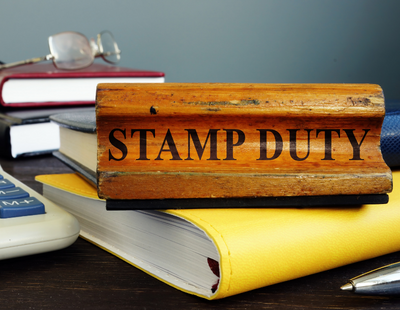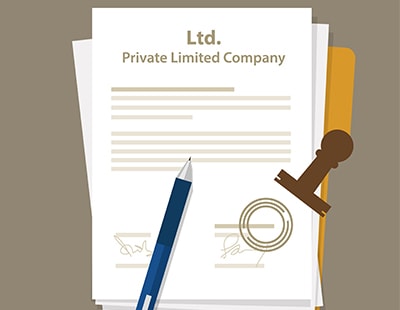
A prominent lettings agent is calling for an end to what he calls the “archaic” system under which some tenants end up paying Stamp Duty Land Tax.
The director of Benham and Reeves, Marc von Grundherr, says: “Stamp Duty Land Tax is an archaic thorn in the side of homebuyers across the nation and only increases the financial obstacles faced when it comes to climbing the property ladder. However, what you may not know is that tenants are also liable to pay stamp duty, albeit the threat is largely restricted to those renting at the very highest rungs of the rental market.”
Since December 2003, long-term residential tenancies have had the potential to be liable for SDLT.
if a lease of under seven years exceeds the nil rate threshold with respect to chargeable considerations.
More specifically, the HMRC Leasehold sales on SDLT Guidance document notes both a five and seven year time frame for SDLT, however, if a lease is treated as a ‘successive linked lease’. This is where a tenancy agreement is renewed between the same parties and with the same terms.
This means SDLT is due whenever a government-determined threshold is exceeded.
This threshold was previously set at £125,000, but increased to £250,000 during the short-lived government of Liz Truss: this has not been reversed so means that SDLT is payable once the cumulative rent paid over the life of the lease (known as the net present value) exceeds this threshold.
As it stands, if the net present value is greater than £250,000, Stamp Duty Land Tax is calculated as 1% of the difference between the NPV and £250,000.
Of course, for most tenants this threat is unlikely to materialise because they do not rent property at this financial level, nor for a long successive period through a linked lease.
However, the agency claims that for those at the very top end of London’s rental market, the threat is real.
Benham and Reeves looked at the example of a prime property, listed with a weekly asking rent of £40,000. Such a property would attract an estimated total net present value of over £2m per year, far exceeding both the current threshold of £250,000. This means that some £1.76m is liable for stamp duty tax in the current market, requiring a stamp duty payment of £17,597 after passing the threshold after a single year’s tenancy.
Von Grundherr continues: “Of course, if you have £40,000 a week to spend on a rental property, you may not blink at paying an additional £18,000 a year in stamp duty, but that’s really besides the point. It’s about time we do away with this outdated government tax grab that does nothing but penalise buyers and renters across the sales and rental markets."













%20-%20IMAGE%20Client%20Accounting%20%E2%80%93%20what%20are%20your%20options.jpg)









Join the conversation
Jump to latest comment and add your reply
Maybe this is controversial... but if someone can afford to pay those kinds of rents, they ought to be taxed until they bleed.
Stamp duty is moronic and counterproductive, but not because of this.
This is going to affect very few tenants and if the very very rich can afford to pay an extra 1/2 week rent in SDLT, and it goes to help less fortunate people - that's the benefit of living in a society. There are more important issues than worrying about tiny tax grab.
Please login to comment